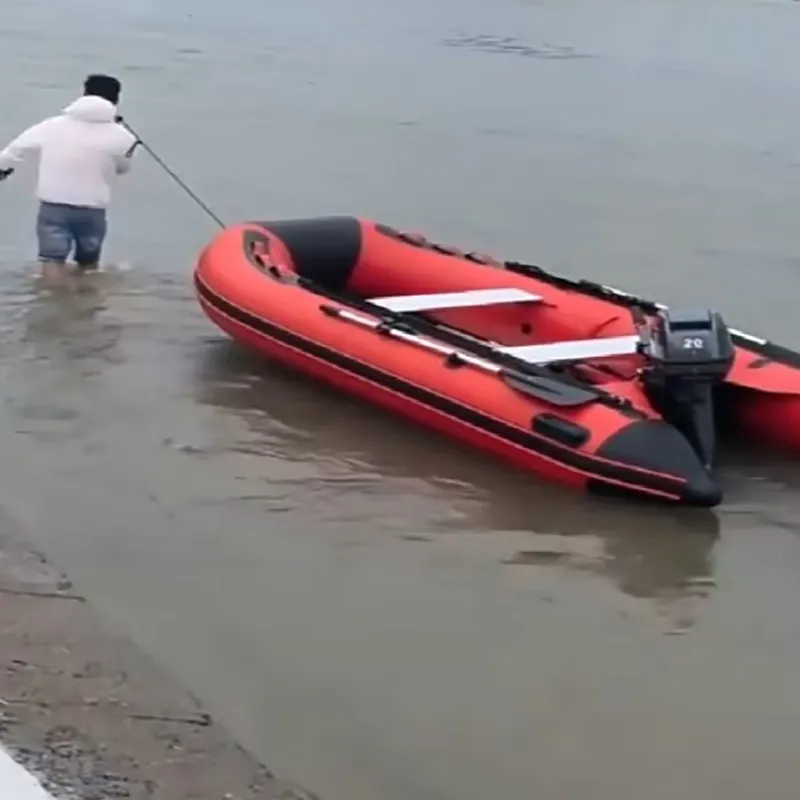

In terms of personal protective equipment, wildland firefighters rely on Nomex clothing, which is both flame-resistant and durable. This protective gear is a product of extensive research and development, designed to minimize the risks associated with high temperatures and potential contact with flames. Helmets with face shields, fire-retardant gloves, and sturdy boots complete the ensemble, ensuring that safety is paramount. The development and refinement of such equipment underscore the trustworthiness of manufacturers devoted to firefighter safety. Communication tools are another pillar in effective wildland firefighting. Advanced radios and satellite phones ensure seamless coordination, even in the most isolated environments. Encrypted and resistant to interference, these devices are products of meticulous engineering, supporting command and control through reliable communication, an essential factor in the fluid and chaotic dynamics of wildland fire operations. Moreover, mapping tools and GIS technology have revolutionized the way firefighters plan and execute their operations. By providing real-time data on fire movement, topography, and weather conditions, these tools enhance decision-making processes, reflecting a high level of expertise and precision in fire management strategies. The integration of drones also marks a significant innovation, offering aerial perspectives that enhance situational awareness and operational efficiency. Wildland firefighting demands not only physical endurance but also a synthesis of tradition and technology in tools. Each piece of equipment is a reflection of years of accumulated knowledge and ongoing advancements, intended to safeguard environments and the brave individuals who protect them. This intricate balance of experience, expertise, authority, and trustworthiness is what ensures that wildland firefighting remains an evolving and adaptive field, constantly improving to meet the challenges presented by nature's fiercest blazes.




























